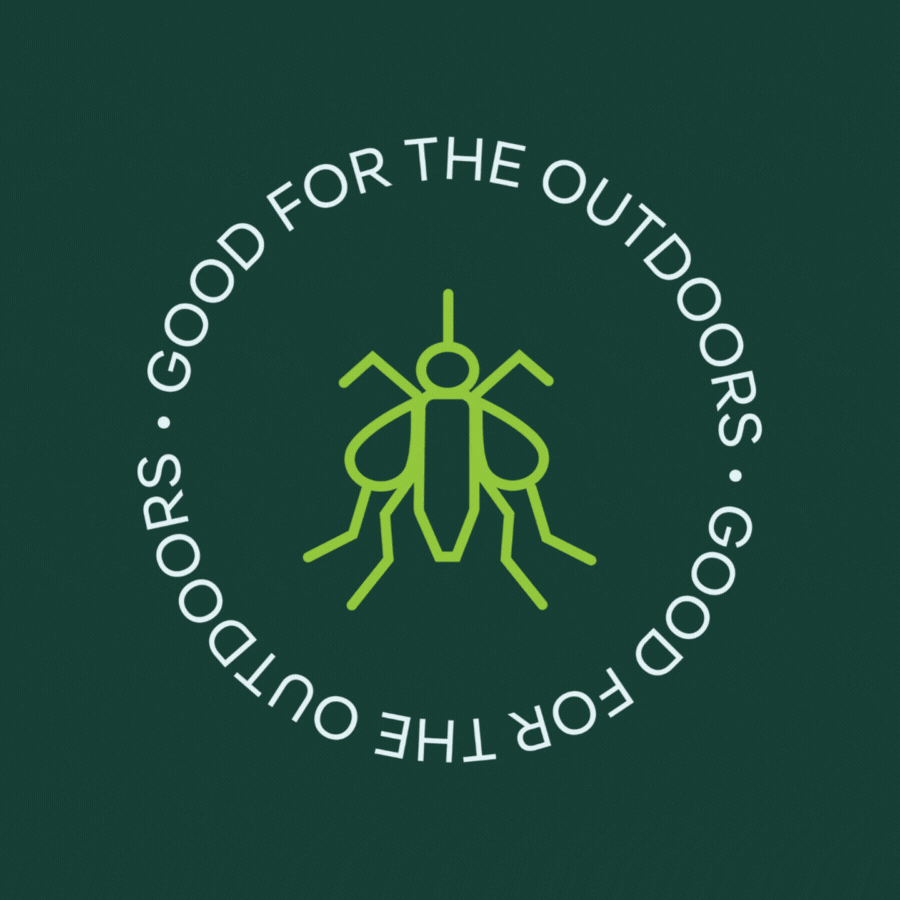
WHAT'S THE DEAL WITH PCR PLASTIC?
PCR plastic, or Post-Consumer Recycled material, isn't just some fancy acronym. Essentially, it's recycled plastic that has been collected, processed, and reformed into a resin suitable for creating new packaging.
HOW IS PCR PLASTIC MADE?
The process of creating PCR plastic starts with collecting plastic waste, which is then sorted and processed to remove impurities and colorants. The cleaned plastic is shredded into small granules, melted down, and reprocessed into new plastic resin. Voila! A closed-loop process that gives plastic packaging a second chance at life while also reducing landfill waste and ocean pollution.
BENEFITS OF PCR PLASTIC:
By opting for PCR plastic, we're saying "no thanks" to virgin plastic, conserving precious resources and energy. Additionally, PCR plastic helps mitigate the problem of plastic pollution by diverting waste from landfills and preventing it from entering waterways and ecosystems. By incorporating PCR plastic into our packaging, we're taking a proactive step towards a more sustainable future.
RECYCLING AND REUSABILITY:
Here's the coolest part – PCR plastic isn't a one-hit wonder. Unlike your typical plastic bottle, which bows out after one use, PCR plastic can be recycled over and over again. On average, PCR plastic can be safely recycled approximately seven to nine times, contributing to a circular economy where materials are reused and repurposed.
As we make the leap to 50% PCR plastic in our mosquito repellent spray bottles, we're not just swapping labels – we're doubling down on our commitment to the planet. By embracing PCR plastic, we're not only reducing plastic waste but also contributing to a circular economy where resources are reused and recycled.

